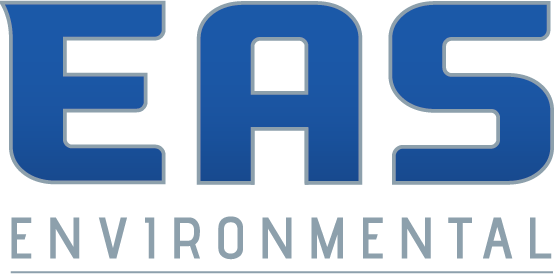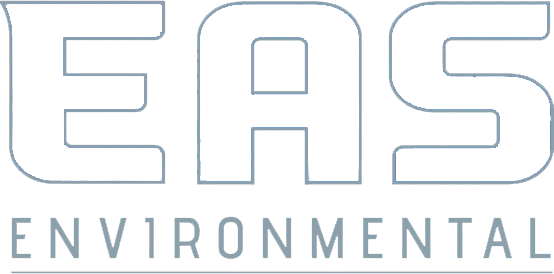
Welcome to our comprehensive guide on the importance of vapor barrier crawl spaces. Crawl spaces are often neglected areas in homes, but they play a crucial role in maintaining the overall health and structural integrity of a building. In this blog, we will explore the benefits of vapor barriers in crawl spaces, their impact on energy efficiency, and how they protect against moisture-related issues such as mold and rot.
Preserving Your Home: Why Vapor Barrier Crawl Spaces Matter
When it comes to protecting your home, one area that often goes unnoticed is the crawl space. Crawl spaces are prone to moisture intrusion, which can lead to a host of problems such as mold growth, wood rot, and even structural damage. This is where vapor barrier crawl spaces come into play, providing a vital defense against these issues.
A vapor barrier is a plastic or foil sheeting installed on the ground and walls of the crawl space. It acts as a barrier, preventing moisture from entering the space from the soil or outside environment. By blocking moisture, vapor barriers help maintain optimal humidity levels, reducing the risk of mold growth and wood decay. Moreover, they serve as an effective deterrent against pests such as termites and rodents that thrive in damp environments.
Vapor barrier crawl spaces also play a significant role in energy efficiency. When moisture seeps into your home through the crawl space, it can contribute to increased humidity levels, causing your air conditioning system to work harder and consume more energy. With a vapor barrier in place, moisture infiltration is minimized, resulting in lower energy bills and a more sustainable home.
In conclusion, vapor barrier crawl spaces are essential for preserving the integrity and longevity of your home. They protect against moisture-related problems, improve energy efficiency, and contribute to a healthier indoor environment. So, don't overlook the importance of investing in a quality vapor barrier for your crawl space—it's a small step that can make a big difference in preserving your home for years to come.
Guarding Your Home's Foundation
Your home's foundation is the backbone of its structure, and protecting it is crucial for the long-term stability and durability of your property. One often overlooked but vital aspect of foundation protection is the installation of a vapor barrier. By implementing a vapor barrier around your foundation, you can effectively safeguard it against moisture intrusion and potential damage.
A vapor barrier acts as a shield, preventing moisture from seeping into the foundation walls and surrounding soil. It blocks the passage of water vapor, reducing the risk of moisture-related issues such as foundation cracks, erosion, and shifting. By maintaining a dry environment around the foundation, a vapor barrier ensures that the soil remains stable and supports the structure properly, minimizing the chances of costly foundation repairs.
Furthermore, a vapor barrier helps control indoor humidity levels, which can indirectly impact the foundation. Excessive moisture inside your home can lead to increased humidity in the crawl space or basement, potentially causing the foundation to expand and contract. By installing a vapor barrier, you create a barrier that prevents excess moisture from infiltrating the foundation, thus preserving its structural integrity.
In conclusion, safeguarding your home's foundation should be a top priority for any homeowner. A vapor barrier is a simple yet effective measure to protect against moisture intrusion and maintain a stable foundation. By investing in a quality vapor barrier, you can ensure the long-lasting strength and durability of your home's foundation, providing you with peace of mind and protecting your most valuable asset.
Maximizing Energy Efficiency
In today's world, where energy conservation and sustainability are paramount, maximizing energy efficiency in our homes is more important than ever. From reducing our carbon footprint to saving on utility bills, there are numerous benefits to optimizing energy usage. Fortunately, there are several effective strategies you can employ to achieve greater energy efficiency in your home.
One of the key factors in maximizing energy efficiency is ensuring proper insulation. By insulating your home's walls, attic, and floors, you can significantly reduce heat transfer, keeping your home cooler in the summer and warmer in the winter. This not only enhances comfort but also minimizes the need for excessive heating or cooling, resulting in substantial energy savings. Additionally, sealing air leaks around windows, doors, and other vulnerable areas helps prevent drafts and unwanted heat exchange, further improving energy efficiency.
Another crucial aspect of maximizing energy efficiency is upgrading to energy-efficient appliances and lighting. Old, inefficient appliances consume more energy and contribute to higher utility bills. By replacing them with Energy Star certified models, you can significantly reduce your energy consumption without sacrificing performance. Similarly, replacing traditional incandescent bulbs with energy-efficient LED or CFL lights can make a noticeable difference in reducing your energy usage.
In conclusion, maximizing energy efficiency in your home is a win-win situation. Not only does it help reduce your environmental impact, but it also leads to long-term cost savings. By focusing on proper insulation, sealing air leaks, and upgrading to energy-efficient appliances and lighting, you can create a more sustainable living space while enjoying the benefits of reduced energy bills. Start taking steps towards maximizing energy efficiency today and make a positive impact on both your wallet and the planet.
FAQs
Contact EAS Environmental Today!
EAS Environmental will do everything we can to ensure your experience with us is excellent.
Request A FREE Estimate
Request a Free Estimate Form
Checkout Recent Post

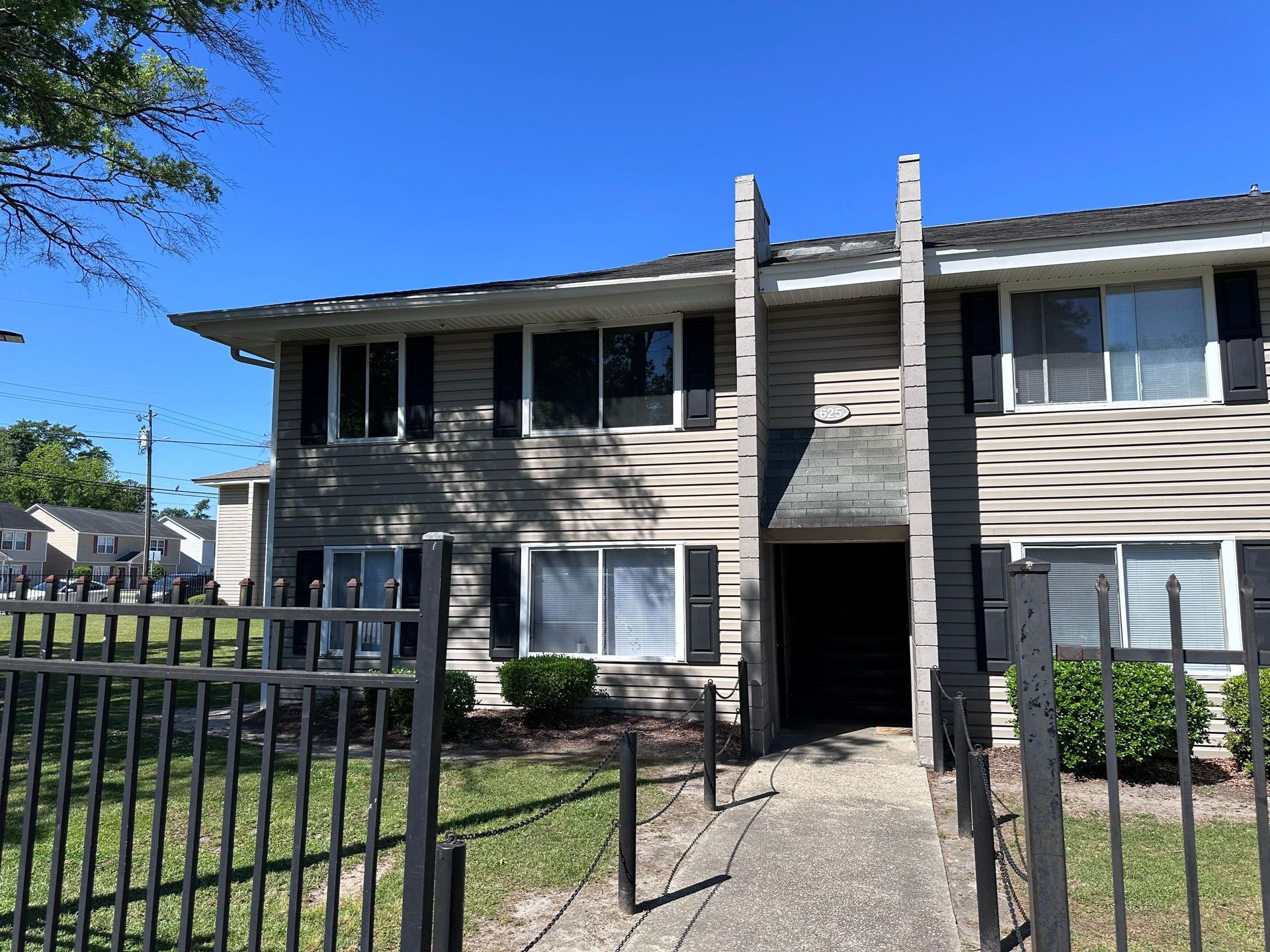
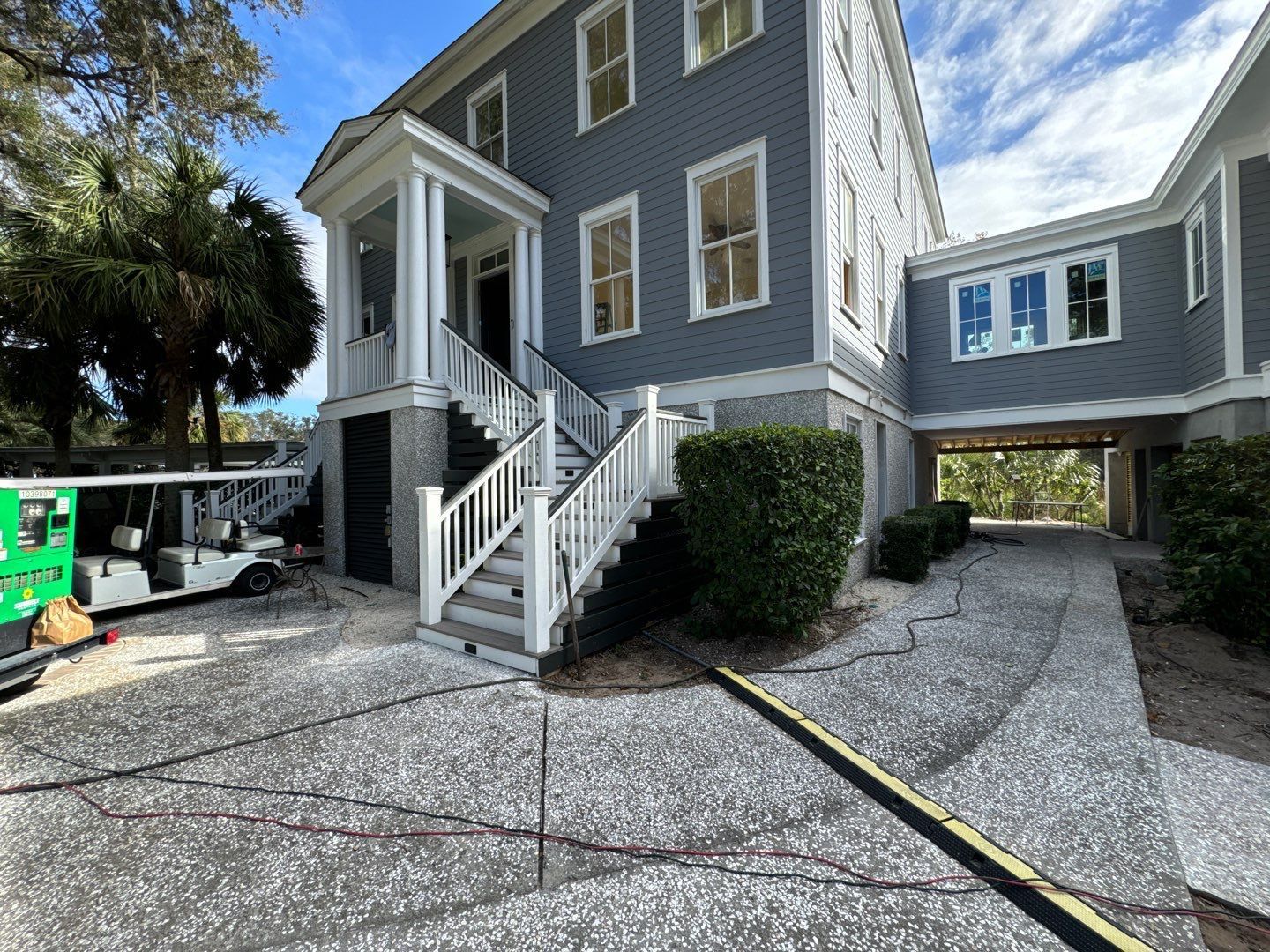
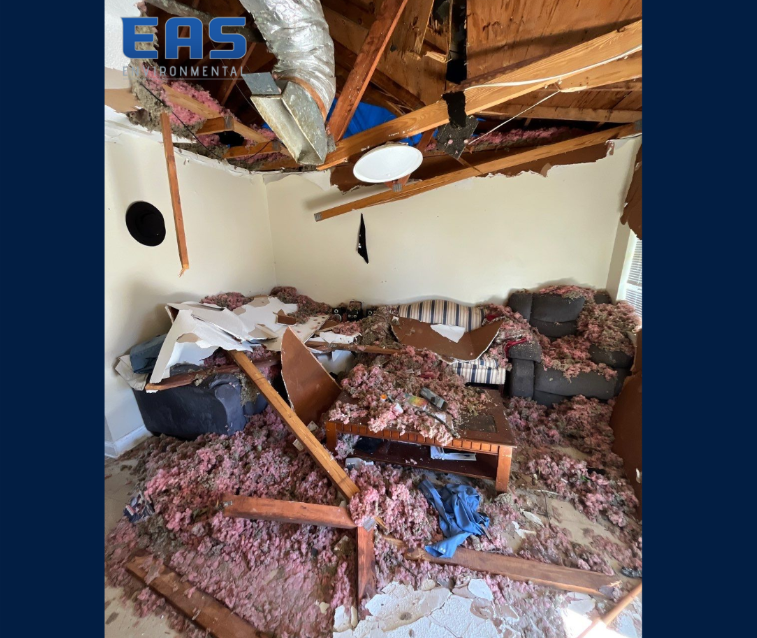
Got a Question? We’re Here to Help.
You can arrange an appointment or make an enquiry by phone or email, orget in touch to us via our contact form.
